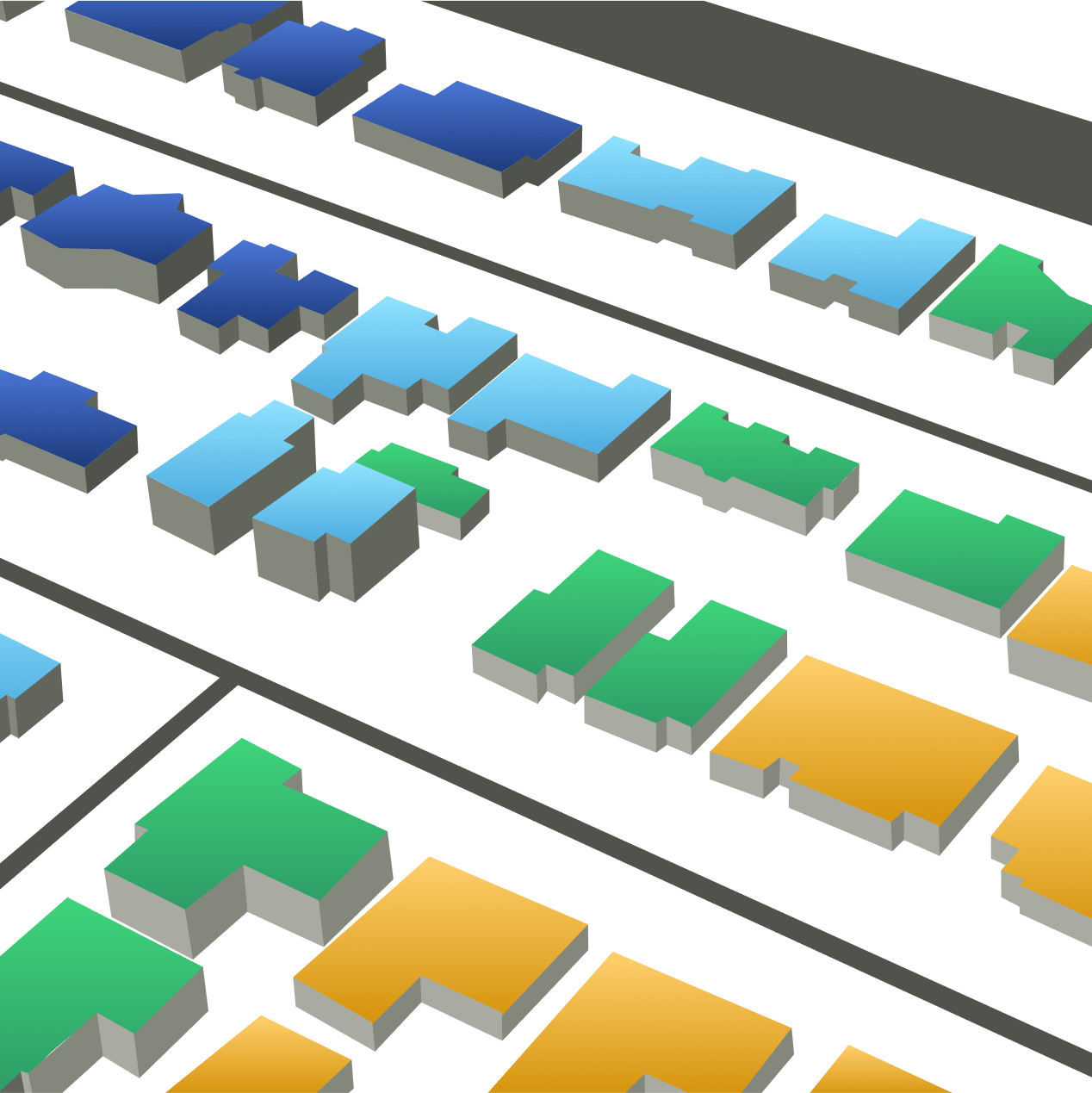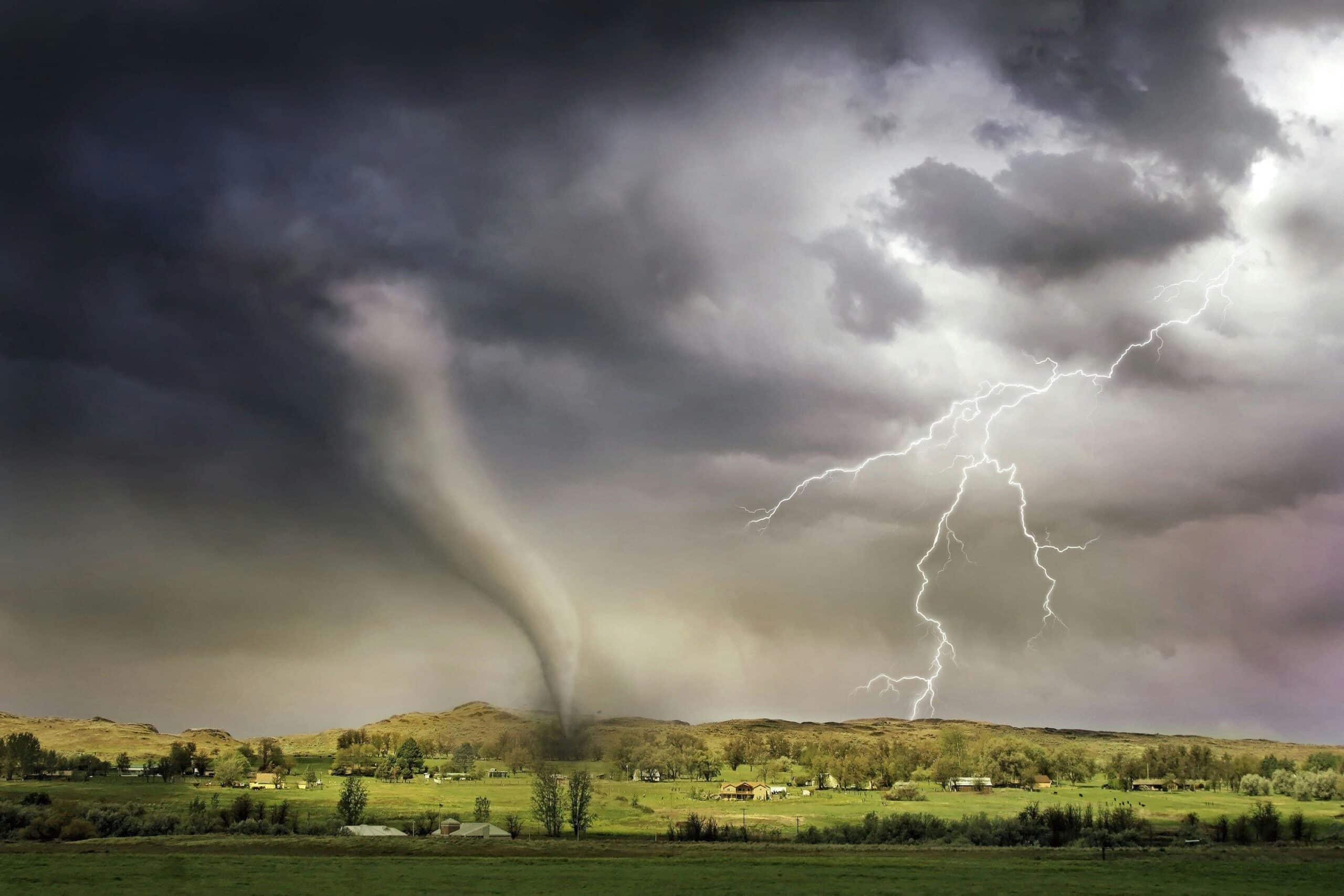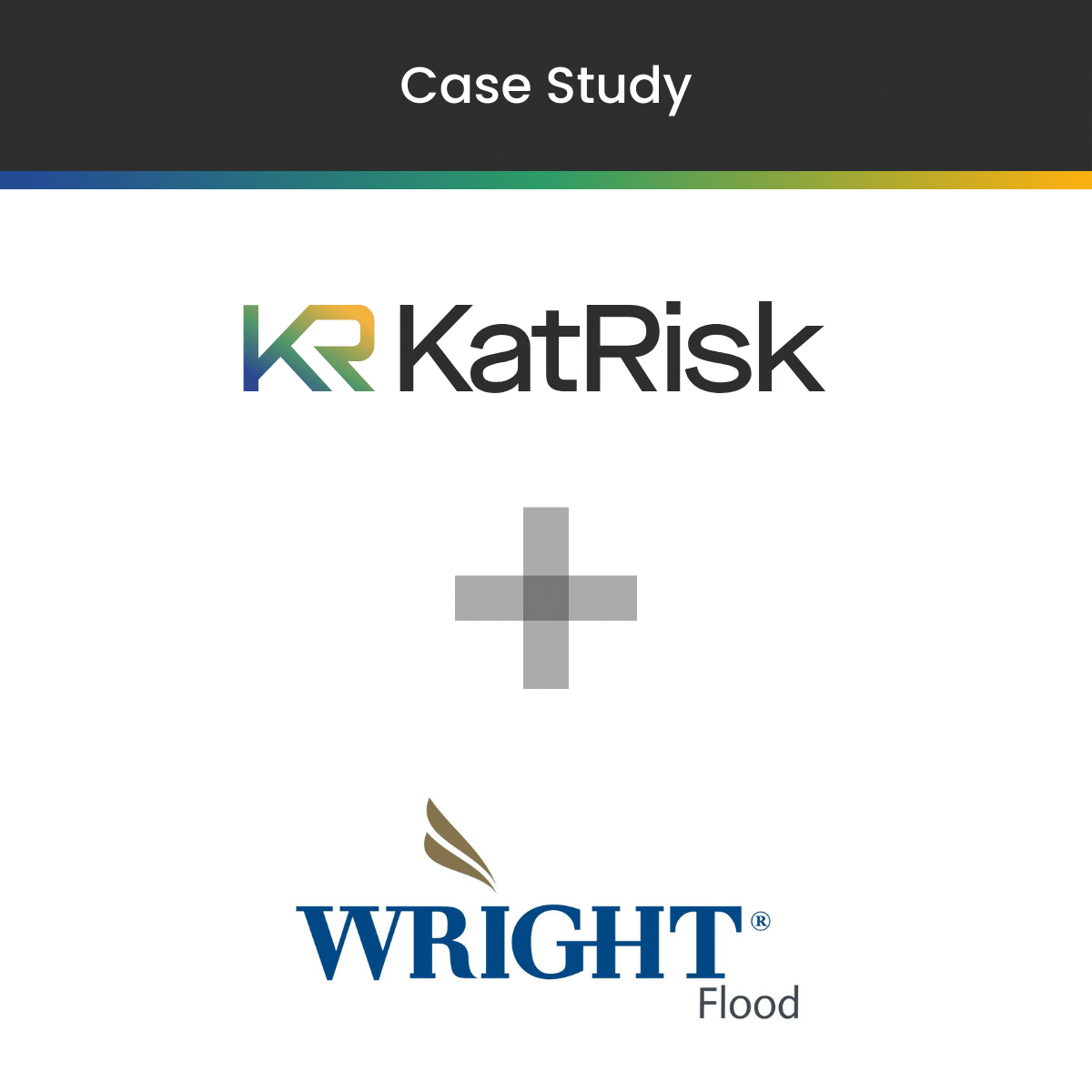As severe convective storms grow more costly and unpredictable, it’s time to move beyond historical data and embrace probabilistic modeling.
When it comes to managing risk from severe convective storms (SCS), hail, tornadoes, and straight-line winds, many insurers still lean heavily on historical loss data and deterministic event sets. While these tools offer useful insights into what has happened before, they fall short in answering a far more urgent question: what could happen next?
In today’s rapidly evolving climate and exposure landscape, that distinction isn’t academic, it’s business-critical.
The truth is simple: the past can no longer fully explain or predict the future. Here’s why the industry must shift from retrospective tools to forward-looking, stochastic models.
Urban Sprawl Has Changed the Exposure Landscape
Fifty years ago, a massive hailstorm in central Texas might have passed over farmland with little fanfare. Today, the same storm system could cut through a sprawling suburb filled with commercial centers, residential developments, and billions in insured property.
Urban expansion has dramatically increased both the density and total value of property in historically less-populated regions. As towns grow into cities and rural land becomes highly developed, the stakes of every storm grow higher. Yet historical loss records don’t reflect this transformation. They chronicle what storms used to hit, but not what those storms would mean if they happened today.
This mismatch between outdated exposure assumptions and present-day reality creates a dangerous blind spot. For underwriters, actuaries, and reinsurers relying on historical data alone, this can mean underpricing risk, underestimating accumulation, or misjudging the adequacy of reinsurance protections.
Resolution Matters: One Storm, Two Outcomes
In 2025 alone, May saw over 70 confirmed tornadoes across the central and southeastern U.S., with preliminary insured losses topping $10 billion (Gallagher Re). Regions once considered low-risk are now experiencing major losses, and storms once deemed “rare” are becoming far more common in areas with dense, high-value exposure.
That’s where model resolution becomes critical. A tornado can destroy one house while leaving the neighbor’s untouched. Coarse models miss those distinctions. KatRisk’s SCS model delivers 100-meter resolution for tornadoes and 1-kilometer resolution for hail and straight-line wind, capturing storm impacts with real-world granularity.
Stochastic Models Simulate What History Can’t Show You
Unlike deterministic models that rely on a limited set of “representative” historical events, stochastic models simulate thousands, even millions, of plausible scenarios, including combinations of storm intensity, track, and geographic footprint that may not have occurred before, but could.
This approach reflects the real uncertainty in the system and enables a more robust understanding of portfolio risk. You’re no longer constrained by the gaps in historical data, you’re modeling a spectrum of possible futures.
For insurers, that means:
- More accurate technical pricing
- Better-informed reinsurance decisions
- Stronger capital planning and risk-based solvency assessments
- Enhanced regulatory and investor confidence
In short, stochastic modeling moves you from reactive to proactive risk management.
You Can’t Model the Future by Staring at the Past
Rating agencies, regulators, and leading (re)insurers are increasingly embracing probabilistic modeling as the standard, not the exception.
Why? Because today’s risks are more complex, more volatile, and more interconnected than ever. Whether you’re placing a cat bond, setting underwriting guidelines, or managing portfolio-level accumulation, the ability to model what could happen is far more powerful than simply reporting on what did.
As exposures evolve and weather volatility increases, the gap between the known and the possible will continue to widen. That gap is where the largest losses and the biggest surprises live.
A stochastic model doesn’t just help close that gap. It changes how you see risk altogether.
Final Thought: The New Standard for SCS Risk
Severe convective storms are no longer seasonal anomalies or niche perils. They’ve become one of the leading drivers of insured losses in the U.S., year after year. And the market is taking notice.
To stay ahead, insurers must move beyond legacy methods and adopt tools that reflect where the risk is going, not where it’s been. That means embracing high-resolution hazard data, simulating probabilistic scenarios, and understanding the full spectrum of potential outcomes. Contact our team today to learn more about KatRisk’s SCS Model.



